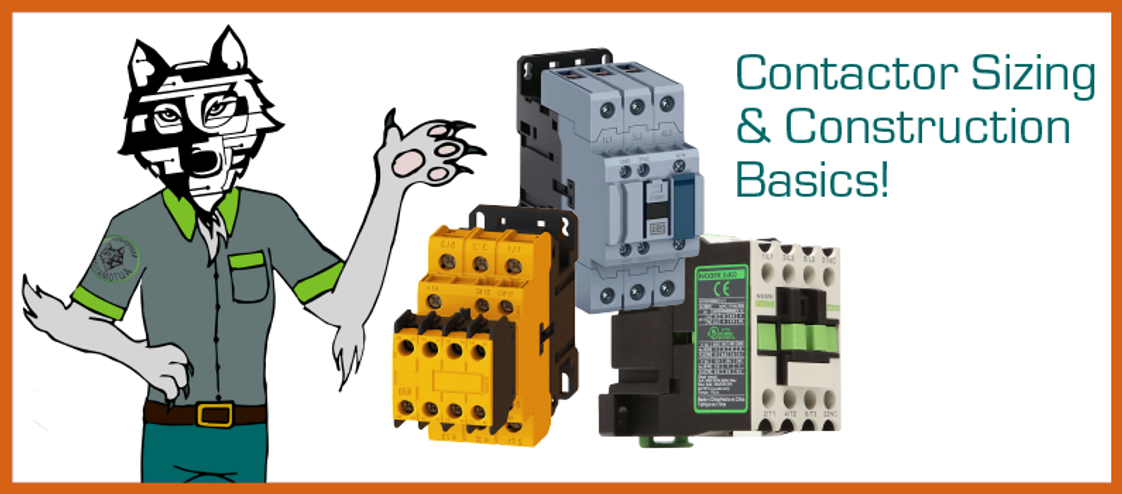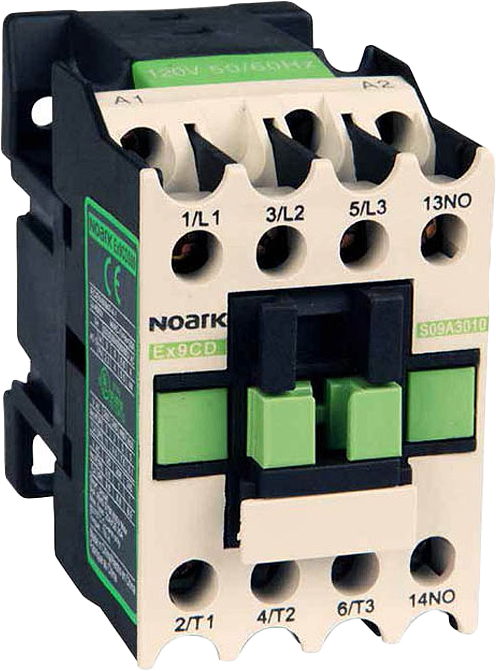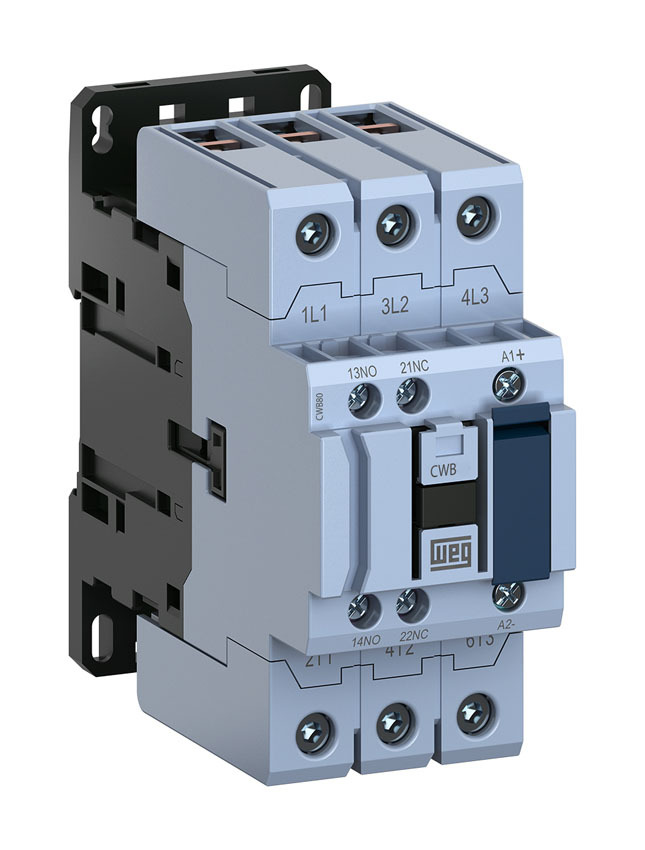
Basic Construction & Sizing for Contactors
Posted by Marshall Wolf on May 12th 2022
So you’re looking to purchase a contactor switch, great!
There’s some basic criteria to follow when looking for the right switch and it’s our goal to make that process as simple as possible. When first looking into contactor switches, it may be helpful to have a general understanding of what their function is.
What is a contactor?
“A contactor is an electrically controlled switch used for switching a power circuit, similar to a relay except with higher current ratings. A contactor is controlled by a circuit which has a much lower power level than the switched circuit. Contactors come in many forms with varying capacities and features.
Unlike a circuit breaker, the contactor is not intended to interrupt a short circuit current. Contactors range from those having a breaking current of several amperes to thousands of amperes and 24 V DC to many kilovolts. The physical size of contactors ranges from a device small enough to pick up with one hand, to large devices approximately a meter (yard) on a side. Contactors are used to control electric motors, lighting, heating, capacitor banks, thermal evaporators, and other electrical loads” (source: Contactor Wikipedia)
Want to learn more?
Read more about contactors and there uses here:
Basic Contactor Construction
A contactor has three primary components:
- The contacts are the current carrying part of the contactor. This includes power contacts, auxiliary contacts, and contact springs.
- The electromagnet (or “coil”) provides the driving force to close the contacts.
- The enclosure is a frame housing the contact and the electromagnet. Enclosures are made of insulating materials like Bakelite, Nylon 6, and thermosetting plastics to protect and insulate the contacts and to provide some measure of protection against personnel touching the contacts. Open-frame contactors may have a further enclosure to protect against dust, oil, explosion hazards and weather.

A basic contactor will have a coil input (which may be driven by either an AC or DC supply depending on the contactor design). The coil may be energized at the same voltage as a motor the contactor is controlling, or may be separately controlled with a lower coil voltage better suited to control by programmable controllers and lower-voltage pilot devices.
Operating Principal
Unlike general-purpose relays, contactors are designed to be directly connected to high-current load devices. Relays tend to be of lower capacity and are usually designed for both normally closed and normally open applications. Devices switching more than 15 amperes or in circuits rated more than a few kilowatts are usually called contactors. Apart from optional auxiliary low current contacts, contactors are almost exclusively fitted with normally open (“form A”) contacts. Unlike relays, contactors are designed with features to control and suppress the arc produced when interrupting heavy motor currents.
When current passes through the electromagnet, a magnetic field is produced, which attracts the moving core of the contactor. The electromagnet coil draws more current initially, until its inductance increases when the metal core enters the coil. The moving contact is propelled by the moving core; the force developed by the electromagnet holds the moving and fixed contacts together. When the contactor coil is de-energized, gravity or a spring returns the electromagnet core to its initial position and opens the contacts.
Ratings
Contactors are rated by designed load current per contact (pole),maximum fault withstand current, duty cycle, voltage, and coil voltage. A general purpose motor control contactor may be suitable for heavy starting duty on large motors; so-called “definite purpose” contactors are carefully adapted to such applications as air-conditioning compressor motor starting.
North American and European ratings for contactors follow different philosophies, with North American general purpose machine tool contactors generally emphasizing simplicity of application while definite purpose and European rating philosophy emphasizes design for the intended life cycle of the application.
Questions to answer when sizing your contactor:
1) What does the application require?
- Electronic Switching
- Lighting
- Resistive Loads
- Non-motor-related inductive loads
- Disconnect Switches
- VFD bypass/isolation
2) What type of electrical factors does your application have?
- The Load Type: Resistive (AC-1) or inductive (AC-3)
- Duty Cycle: One Direction, reversing
- Horsepower (HP) and full load amperage (FLA); Refer to motor data plate information.


3) Does your application need additional products such as: Overload Relays, Pushbuttons, and Enclosures?
4) Note: Definite purpose contactors are electrical contacts that are designed specifically for use in the heating and cooling industry. They are found in HVACs and other machines such as refrigerators. Usually they are designed to handle small motors and resistive heating loads with cycle rates that are low.
